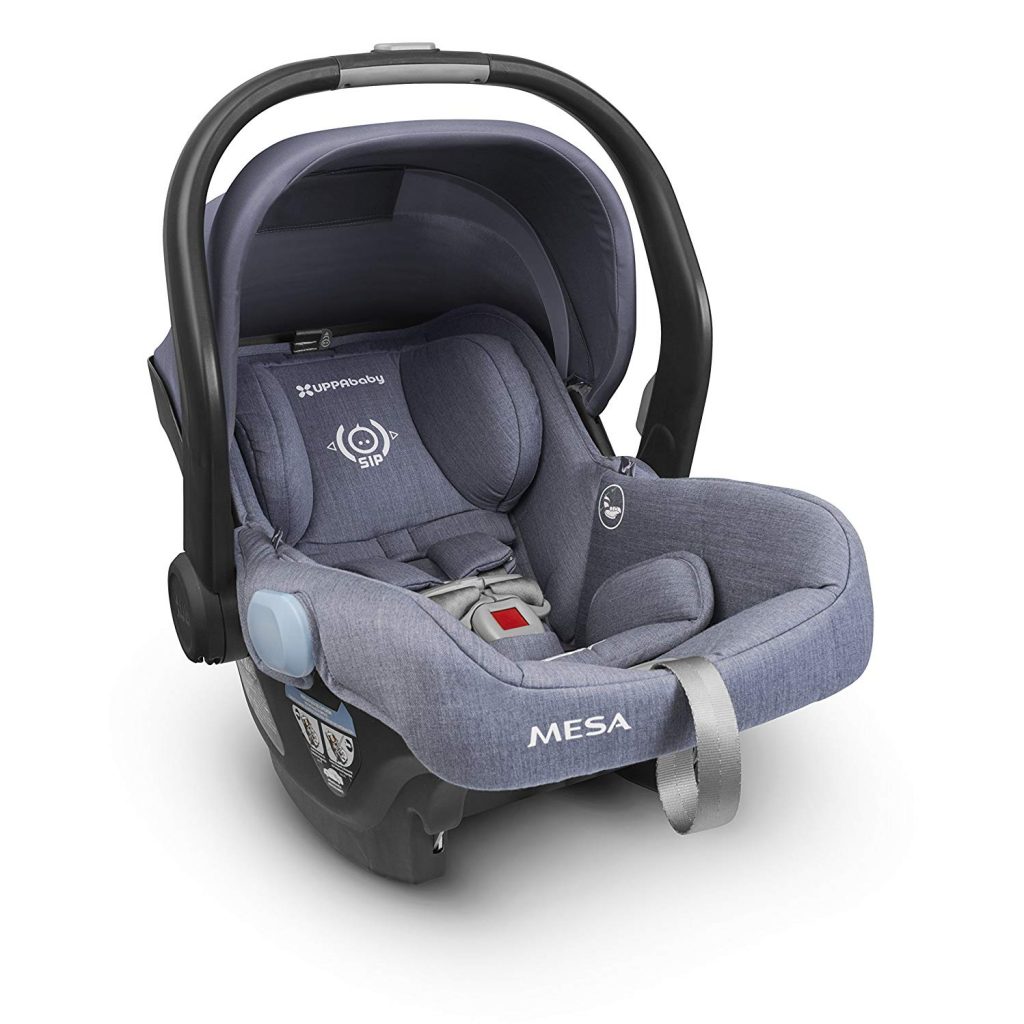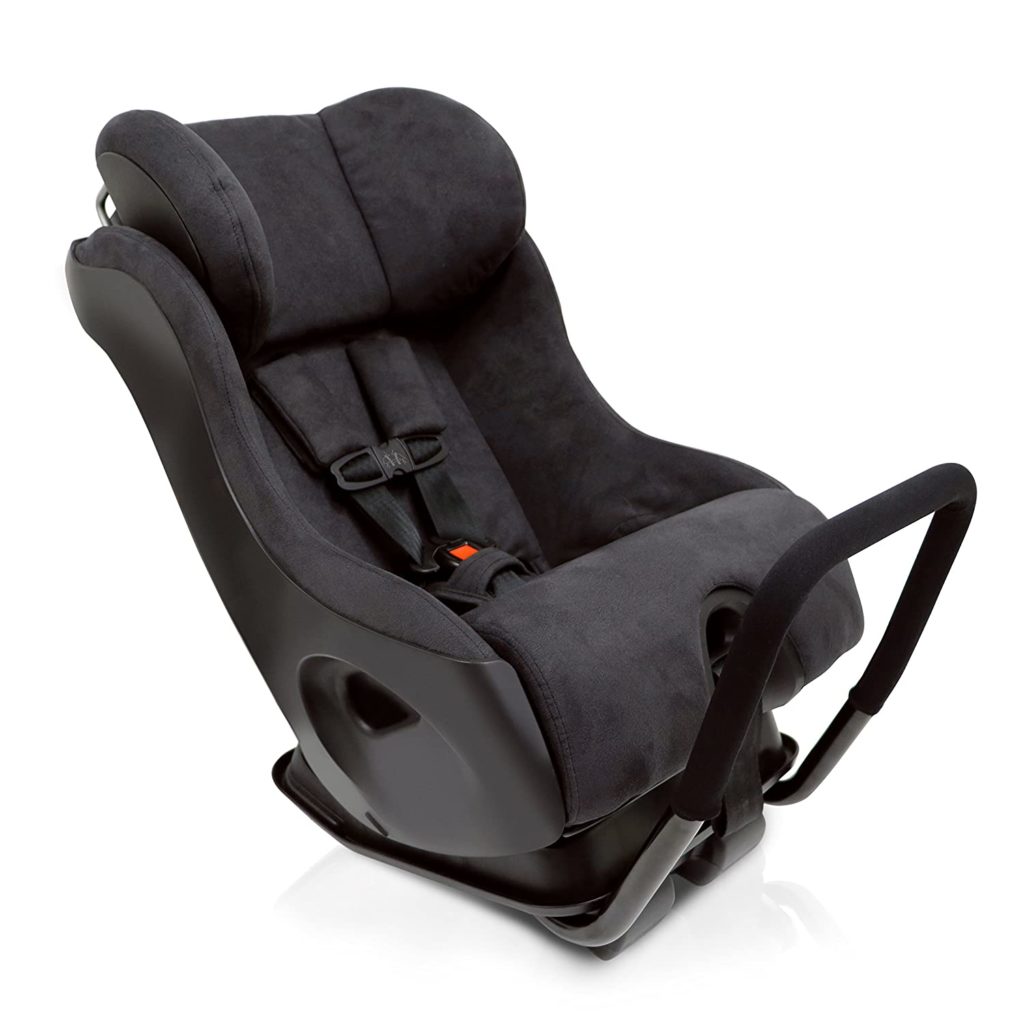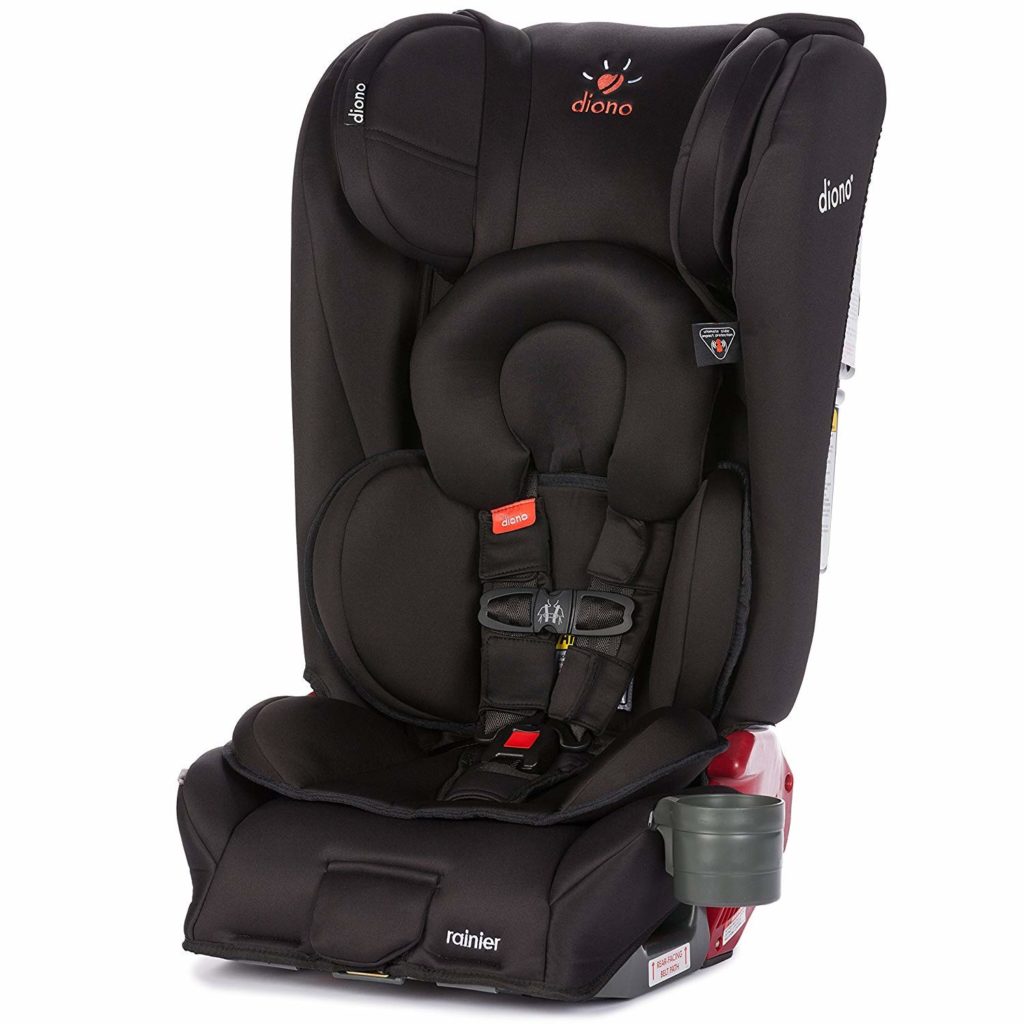As a parent or caregiver, ensuring your kid’s safety is always at the forefront of your thinking. Especially when you’re driving with your young child in the car.
The CDC sites car crashes as the leading cause of death among children in the United States. Even more shocking is the fact that of the total child fatalities in 2018, 33% were not buckled up. With these chilling figures in mind, the significance of safety seats cannot be overstated.
But how do you choose a safety seat that not only protects your child but also complies with the Arkansas car seat laws? Different parts of the law might apply to you depending on several factors such as your child’s weight, age, height, and so on.
Read on to discover everything you need to know about the car and booster seat laws Arkansas follows.

A Brief History Of Child Car Safety
As the 70s came to an end, Americans were becoming increasingly aware of the alarming rates of child mortality and morbidity resulting from car accidents. The states were quick to respond by implementing laws aimed at curbing this trend. By 1985, all 50 states including Arkansas had at least one law that required the use of some kind of restraint device.
However, it soon becomes evident that more work still needed to be done. For instance, the earliest state laws were not incredibly clear on the proper use and placement of child restraint devices. In the absence of any significant federal involvement, the States have since effected better child passenger safety laws.
What Are the Arkansas Child Seat Laws?
In Arkansas, the Arkansas Code comprises various laws designed to protect your child or infant whenever they are riding in a vehicle. The Arkansas Child Passenger Protection Act offers three provisions depending on your child’s age, weight, and height.
Let’s break down each:
- While operating a motor vehicle on a public road, street, or highway, any driver transporting a child younger than 15 years of age must protect the child. It’s the driver’s responsibility to properly position, secure, and maintain the child in the restraint system. They must also secure the child restraint system to the vehicle in such a way that it conforms to relevant motor vehicle safety standards. The only exception to this rule is if the car is operated for hire.
- A driver must restrain any child younger than 6 and less than 60 pounds in weight using a child passenger safety seat. Make sure the seat is completely secured to the vehicle.
- If a child is at least 6 years old or weighs at least 60 pounds, a safety belt that’s properly secured to the vehicle is enough to protect the child.
The three items above sum up the legal requirements in the Arkansas child seat laws. Now that you‘re familiar with the letter of the law, the next step is identifying the right safety seat for your child.
What Are the Safety Seat Recommendations?
The American Academy of Pediatrics (AAP) puts forward several recommendations to ensure better protection for your child at each life stage. As such, different safety seat guidelines might apply depending on your child’s age, weight, and height.
Infants & Toddlers

According to the AAP, toddlers and infants should always ride in rear-facing car seats. As early as their first trip from the hospital, toddlers and infants have to be secured in rear-facing seats until they reach the maximum height or weight allowed by the manufacturer.
However, other types of rear-facing safety seats can be used up to two years after your child has outgrown the height or weight limit. Let’s take a look at the safety seat options for toddlers and infants:
Rear-Facing-Only Seats

Owing to their smaller size, rear-facing-only seats are meant for infants weighing up to 22-35 pounds. Still, the weight and height limits depend on the seat’s manufacturer. They feature carrying handles and a removable base that you can leave in the car.
Rear-facing seats are easy to use as they click into and out of the base. However, you must not use them for anything else apart from the child’s travel.
Convertible Seats

Convertible seats can be used as rear-facing and later converted into front-facing once your child has outgrown the rear-facing limits. They typically have higher rear-facing height and weight limits (roughly 40-50 pounds) compared to rear-facing-only seats. As such, they are larger than infant seats and remain useful for much longer.
Convertible seats also feature a five-point harness that attaches at the hips, shoulders, and in between the child’s legs. Due to their bulkiness, they don’t come with detachable bases or carrying handles meaning you have to leave them in the car.
All-In-One Seats

As the name suggests, these seats can be used as front-facing, rear-facing as well as belt-positioning boosters. Their large size makes them convenient for carrying older toddlers. On the other hand, all-in-one seats have neither carrying handles nor removable bases meaning they’re much less portable than rear-facing-only seats.
Toddlers and Preschoolers

Children that have outgrown the height or weight limit for their rear-facing or convertible safety seat should switch to a forward-facing seat. It’s crucial to read the manual and follow the instructions closely when setting up the seat.
Your toddler should ride in the front-facing seat until they ultimately outgrow it as well. On average, that’s usually around four years of age. In case your child is an early developer, there are safety seats with harnesses specifically designed for greater heights and weights.
School-Aged Children

Your growing child probably won’t be able to safely use a regular seat belt as soon as they’re ready to move out of their front-facing safety seat. Also known as belt-positioning boosters, booster seats allow older children that have outgrown their safety seats to buckle up comfortably and securely.
While there aren’t any specific booster seat laws in Arkansas, most children will require a belt-positioning booster until they are around 8-12 years. However, since no two children are the same, determining when you should move them into a booster seat can be quite tricky.
Here’s a quick checklist to help you make the right call:
- Your child has reached or exceeded the height or weight limit of the safety seat. In case you aren’t sure, simply check the manual.
- Their shoulders no longer fit in the harness slots.
- The top of the safety seat is level with the tops of their ears.
Slightly Older Kids

Before your child can use an adult safety belt, it has to fit them properly. For most children, an adult belt fits correctly anywhere between 10-12 years of age. That being said, size is the primary consideration when deciding whether it’s the right time to move a child out of a booster seat.
Your child is ready to use a regular safety belt if:
- The lap belt sits low across their upper thighs and not their tummy
- The shoulder belt goes across the middle of their chest and not the neck.
- The child can sit comfortably on the car seat throughout the journey without slouching. Their back should rest against the seatback with their knees bent over the edge.
Wrapping Up
Because of their small size, young children require extra protection when riding in vehicles. To keep your kids safe, you need to abide by the Arkansas child seat laws. And while the AAP recommendations are not legal requirements, they play a crucial role in helping you in determining the most secure restraint for your child.





